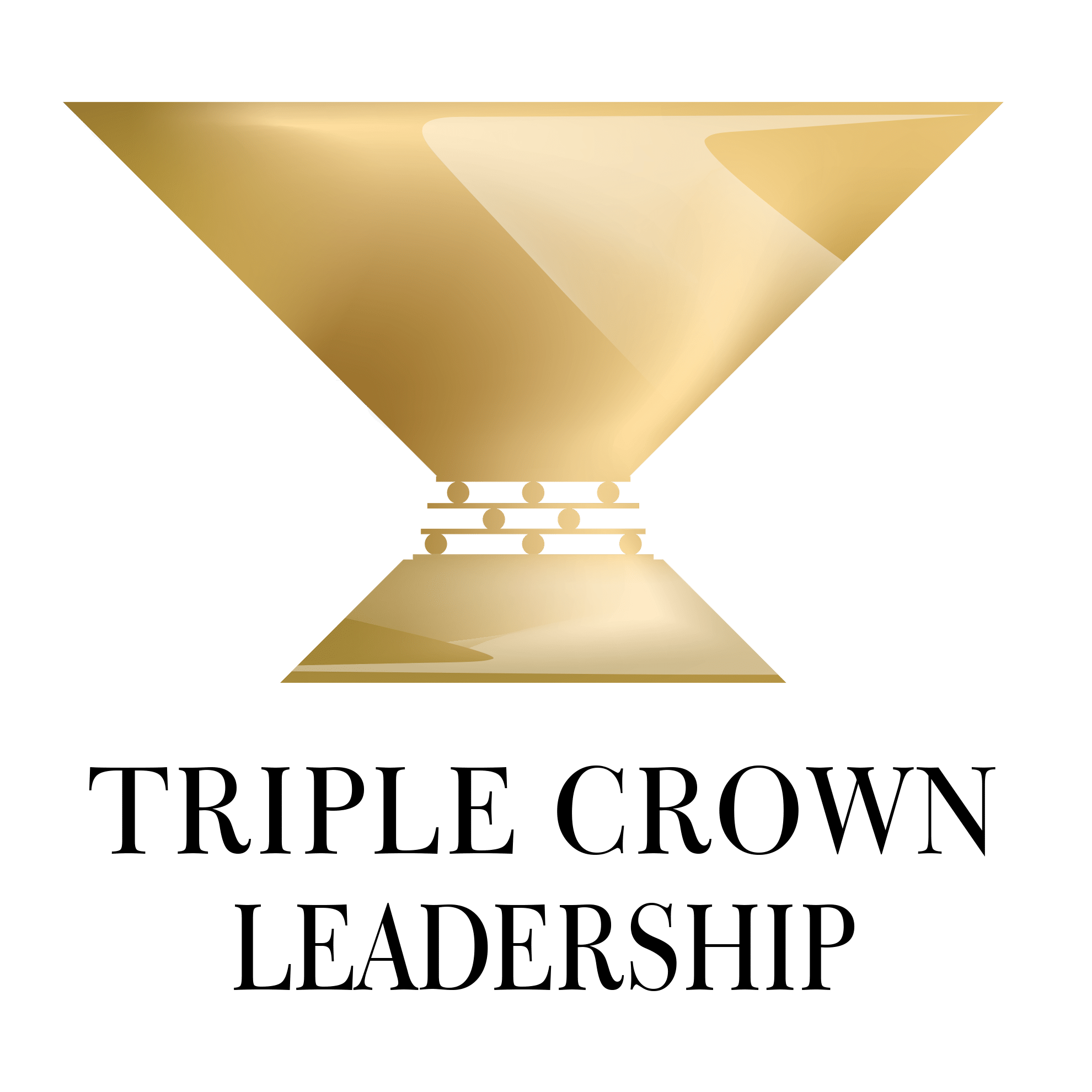Most people avoid conflict. Why?
There are many reasons, with fear at the heart of them all:
- Fear of tension
- Fear of hurting others
- Fear of rejection
- Fear of escalation of tough issues
- Fear of a break in the relationship
- Fear of an unexpected outcome, perhaps tougher to manage
- Fear of being viewed as a troublemaker
- Fear of retaliation
- Fear of having to deal with difficult consequences
These fears are understandable. So we end up avoiding it like the plague.
“In my work with leaders and their teams, I’ve discovered that a universal talent is the ability to avoid conversations about attitude, behavior, or poor performance.” –Susan Scott, Fierce Conversations
Conflict Avoidance
Conflict avoidance is widespread in organizations and teams. Signs of it in action:
- People hold back and withhold opinions.
- Meetings are boring or lame because people don’t really engage.
- Team members don’t challenge each other.
- Teams slide toward mediocrity since recurring issues never get addressed.
- Leaders don’t invite differing views.
- Some people are allowed to remain silent during meetings.
- People say what they really feel only behind others’ backs.
- Managers don’t get critical information.
- People get cynical or burned out because the same problems keep reappearing.
- People develop blind spots because they never get the feedback they need that’s tough and necessary.
- People sense that the leader is abdicating responsibility by letting some things remain undiscussable.
Conflict Is Good
Do you recognize these signs in your context? Here’s the problem: conflict is good for teams. In fact, it’s essential.
Author Patrick Lencioni writes about a conflict continuum, ranging from artificial harmony on one end to mean-spirited personal attacks on the other, with most organizations leaning toward the former. The ideal conflict point is in the middle.
Productive conflict is what we need. Respectful conflict, conflict grounded in trust. Conflict centered around shared goals, not egos or agendas.
Note that conflict can’t be productive without high levels of trust. How can you feel comfortable airing out the real issues if you don’t trust the people in the room? Without that trust, and the productive conflict it allows, how can the team drive toward shared commitments, accountability, and results?
With high trust and a focus on shared goals, we can channel conflict toward the pursuit of truth (what’s really going on here?) and the quest for high performance, instead of feeble attempts by fragile egos to notch points.
Managing conflict is hard because most people run away from it or get triggered by it, allowing stimuli to hijack their response. It’s uncomfortable because it elicits a physiological response: chemicals, hormones, blood flow, and heart rate signal “Danger, danger!”
Part of the job of leaders is to create an environment where people feel comfortable engaging in conflict instead of fleeing it. Better yet, viewing it as an asset. As a potential advantage.
Leaders must have the self-awareness and emotional intelligence to recognize that people handle conflict differently, based on their personality, upbringing, culture, and more. We must learn to read each other and help each other navigate this difficult terrain.

Alignment Scorecard
When organizations aren’t aligned, it can reduce performance dramatically and cause frustration and dysfunction. With this Alignment Scorecard, you can assess your organization’s level of alignment and make plans for improving it.
Mining for Conflict
Lencioni recommends that leaders “mine for conflict,” almost like it’s gold. Why? Some of the real breakthroughs can only be found on the other side of conflict.
How does this work in practice? A leader must go digging for buried disagreements or the things that aren’t being said. Also, a leader must have the courage to bring the group’s attention to sensitive issues, where people feel uncomfortable, and push them to work through the issues despite the awkwardness and difficulty. A leader mustn’t let people avoid the issues or sensitive discussions. And a leader must create a holding environment where it’s safe for some sparks to fly.
One leadership practice here is counterintuitive: catch people disagreeing during a meeting and praise them for modeling needed behavior. Remind them that the goal is not to focus on who wins, but on how conflict can help us understand core issues, root causes, and possible solutions.
By doing this, leaders can reframe conflict from a behavioral taboo to a necessary practice in the quest for excellence.
Regulating the Temperature of Conflict
Another leadership practice here is “regulating the temperature.” Most teams generate friction and heat in their work together, especially in pressure-filled situations. Too often, leaders step in and artificially dial down the temperature as people start to feel uncomfortable.
That’s a mistake. The key is to keep the temperature hot enough—but not too hot—so that productive disagreement can continue as people work through the tension and start approaching solutions, instead of sweeping things under the rug.
Another leadership practice: depersonalize conflict. Reframe it away from who’s scoring points and toward a quest for understanding and a commitment to the shared vision.
A final leadership practice: driving to clear agreements and closure at the end of meetings. Too often, teams end meetings with ambiguity. People leave the meeting without a clear understanding of exactly what was decided and who’ll do what by when. Many meetings are poorly run, with tangents and poor time management. Attendees leave the meeting before a crisp accounting of the decisions and next steps is made. Leaders need to build in adequate time for this critical last step.
Important note: the leadership practices above don’t apply just to managers who have a formal position of authority. Distinguishing between leadership and authority, we note that anybody in a team can employ these leadership practices, regardless of their title. In our book, Triple Crown Leadership: Building Excellent, Ethical, and Enduring Organizations, we noted the advanced leadership practice of building a culture of stewardship in which leaders unleash the leadership, initiative, creativity, and commitment of everybody in the organization by giving them an automatic license to lead, as long as they operate by the shared values. Conflict management is a skill we all need.
Summary: Embracing Conflict
The bottom line: while most people avoid it, we should embrace conflict as a necessary part of effective teamwork (and relationships generally)—and learn how to manage it well.
Productive conflict saves time.
It builds trust.
It leads to better results.
It’s a prerequisite for high-performing teams and trusting relationships.
Avoid it at your peril.
-Gregg Vanourek
Tools for You
- Leadership Derailers Assessment to help you identify what’s inhibiting your leadership effectiveness
- Personal Values Exercise to help you determine and clarify what’s most important to you
- Alignment Scorecard to help you assess your organization’s level of alignment

Leadership Derailers Assessment
Take this assessment to identify what’s inhibiting your leadership effectiveness. It will help you develop self-awareness and identify ways to improve your leadership.
Recommended Books on Managing Conflict Effectively
- Robert Kegan and Lisa Laskow Lahey, An Everyone Culture: Becoming a Deliberately Developmental Organization (Harvard Business Review Press, 2016)
- Patrick Lencioni, The Advantage: Why Organizational Health Trumps Everything Else in Business (Jossey Bass, 2012)
- Patrick Lencioni, The Five Dysfunctions of a Team: A Leadership Fable (Jossey Bass, 2002)
- Susan Scott, Fierce Conversations: Achieving Success at Work and in Life, One Conversation at a Time (Viking Penguin, 2002)
++++++++++++++++
Gregg Vanourek is a writer, teacher, speaker, and coach on leadership and personal development. He is co-author of three books, including Triple Crown Leadership: Building Excellent, Ethical, and Enduring Organizations (co-authored with his father, Bob Vanourek) and LIFE Entrepreneurs: Ordinary People Creating Extraordinary Lives (a manifesto for integrating our life and work with purpose and passion). If you found value in this article, please forward it to a friend. Every little bit helps!


